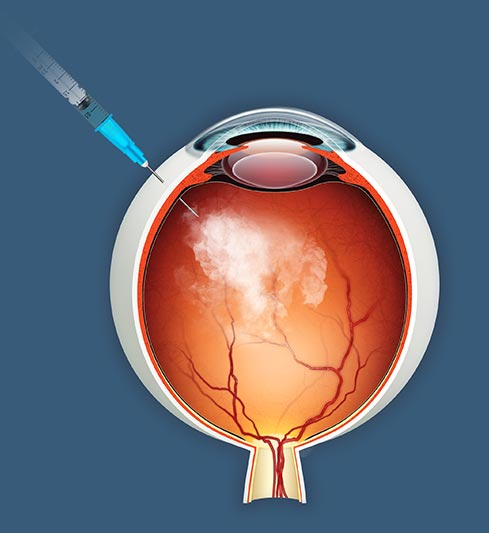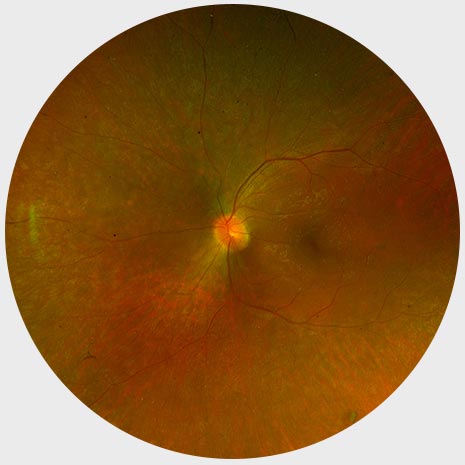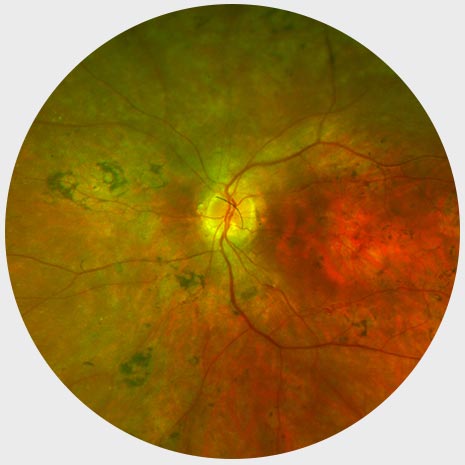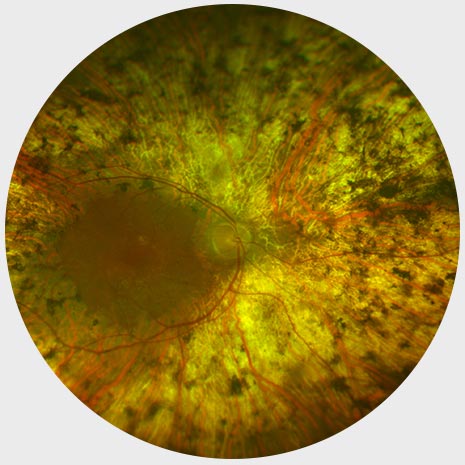jCell Therapy: A novel approach for treating blinding diseases
 jCell is a first-in-class allogeneic cell therapy in late-stage clinical development for retinitis pigmentosa. The treatment is a minimally invasive intravitreal injection that can be performed with topical anesthetic.
jCell is a first-in-class allogeneic cell therapy in late-stage clinical development for retinitis pigmentosa. The treatment is a minimally invasive intravitreal injection that can be performed with topical anesthetic.
The principal mechanism of action is the sustained release of established neurotrophic factors that reduce photoreceptor cell death and promote function of surviving photoreceptors. jCell therapy aims to preserve vision by intervening in the disease at a time when host photoreceptors can be protected and potentially reactivated.
There are currently no FDA approved treatment options for the vast majority of patients with retinitis pigmentosa. Unlike gene therapy approaches, jCell does not target any specific genotype.
jCyte’s goal is to make jCell the first approved cell therapy to address this critical unmet medical need, and dramatically improve the lives of patients with this degenerative retinal disease.
Advantages of jCell
- Unrestricted Patient Population
- jCell does not target any specific genotype - unlike gene therapy approaches
- Scalable Platform for Multiple Ophthalmic Indications
- No Immunosuppression Required
- Expedited Regulatory Pathway
Phase 2b results presented at the American Society of Retina Specialists in July 2020, showed that jCell therapy had promising efficacy and was well tolerated in patients. Based on these encouraging results, jCyte is excited to move toward a pivotal trial as soon as possible.
Retinitis Pigmentosa: A rare disease with a sizeable population
Retinitis pigmentosa is a devastating blinding disease that begins in childhood or adolescence, which causes progressive vision loss. The syndromic forms of the disease include hearing loss and other health complications. It is a rare, genetic condition that progressively destroys the rod and cone photoreceptors in the retina, and often afflicts people in their teens, with many patients rendered legally blind by middle age.
Worldwide, an estimated 2 million people suffer from the disease, including approximately 100,000 people in the U.S., making it the leading cause of inheritable blindness.
- Occurs in approximately 1:3500 individuals worldwide
Early stage RP


Normal Fundus
Mid-stage RP


Peripheral ring of depigmentation
End stage RP


Widespread Pigment Deposits
Select Publications
Stem cells in clinical trials for treatment of retinal degeneration
Expert Opin Biol Ther. September 2015
Cellular manufacturing for clinical applications
Dev Ophthalmol. April 2014
Transplantation of adult mouse iPS cell-derived photoreceptor precursors restores retinal structure and function in degenerative mice
PLoS One. April 2011
Engineering retinal progenitor cell and scrollable poly(glycerol-sebacate) composites for expansion and subretinal transplantation
Biomaterials. April 2009

